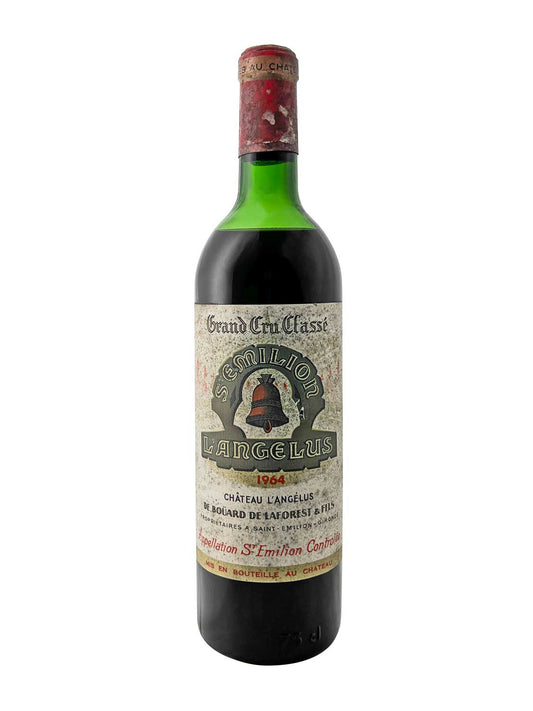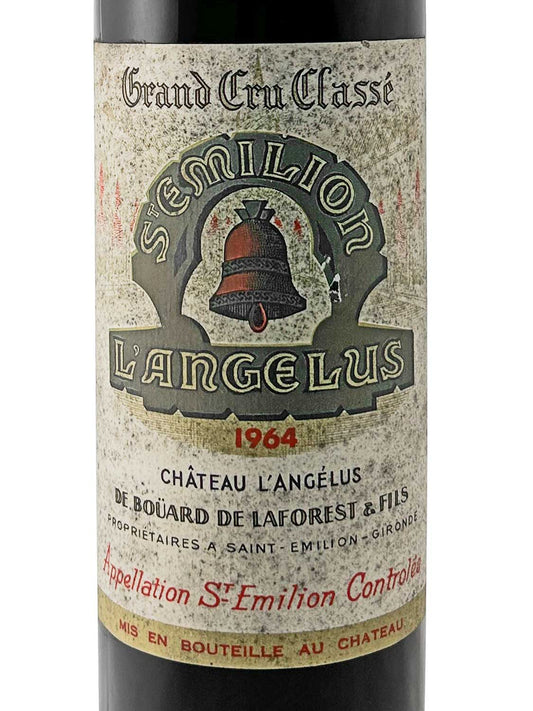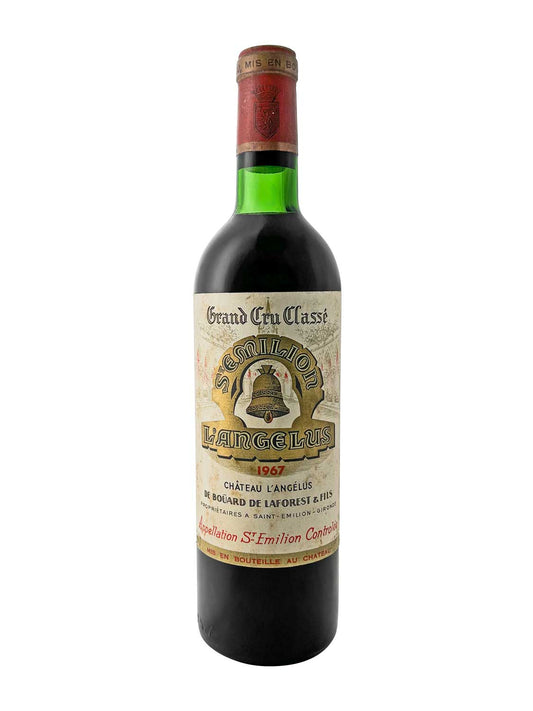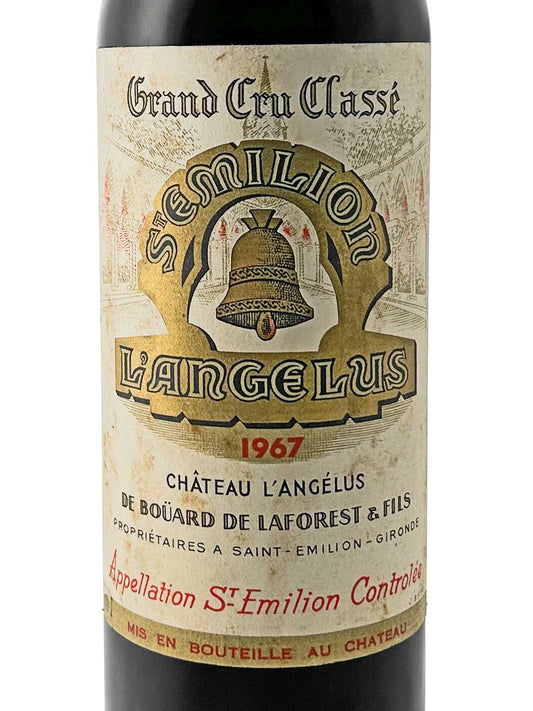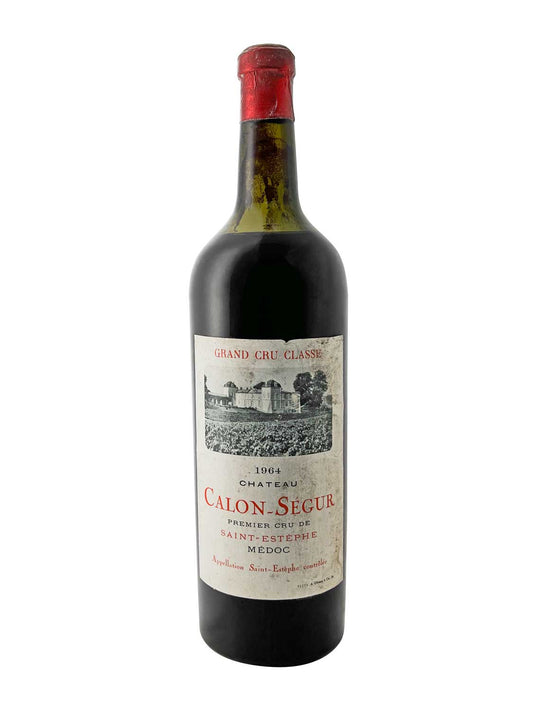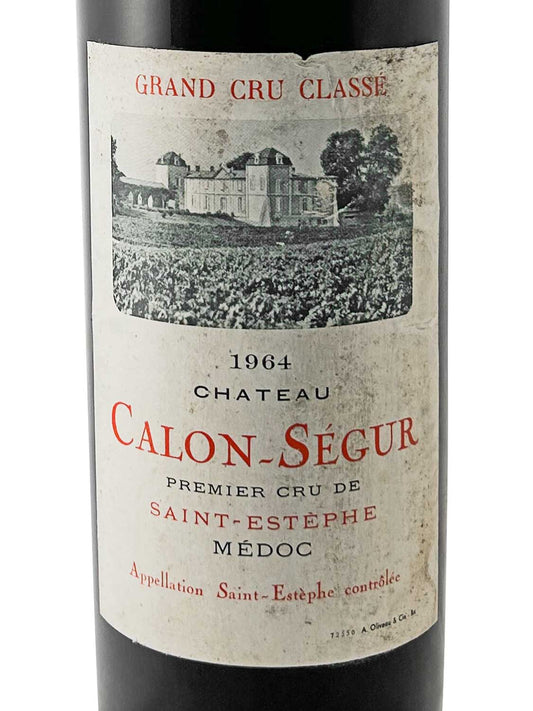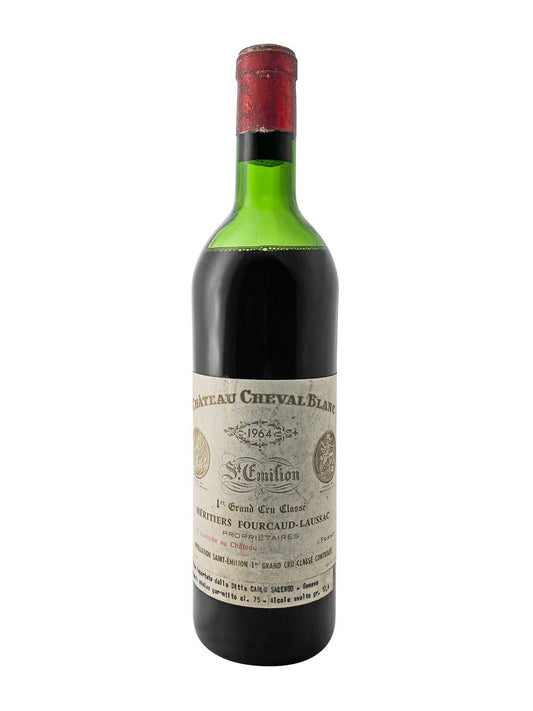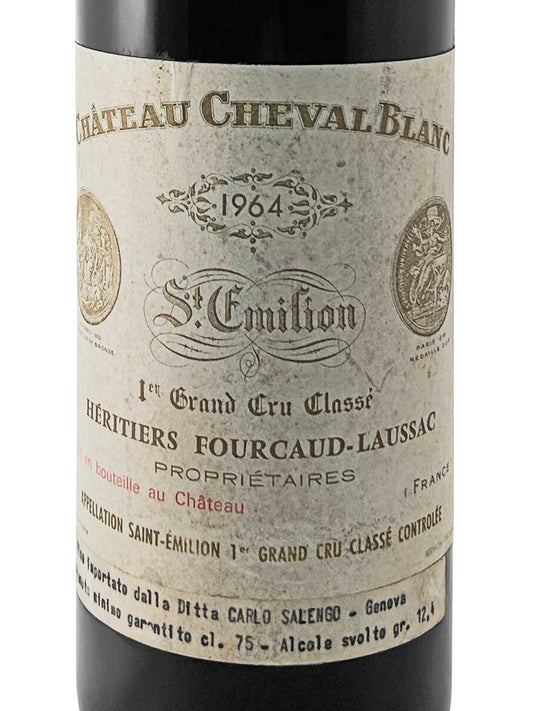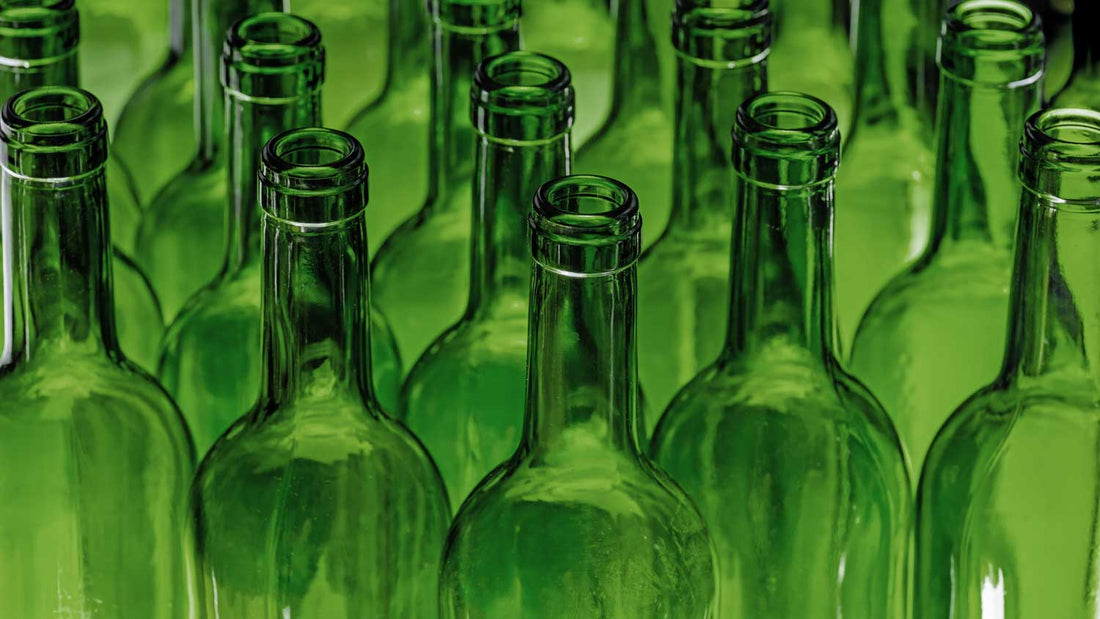
Why are wine bottles green?
A look at the colors of the wine bottle
Wine is not only a subtle accompaniment to dinner, but also a cultural symbol that has a long tradition in many societies. When we think of wine, we often imagine the characteristic bottles that come in different colors. One of the most common colors is green. But why are many wine bottles green? Are there other colors and what do they mean? In this blog post, we will explore these questions in depth.
The History of the Green Wine Bottle
The use of green bottles for wine has historical roots that date back to the 17th century. At that time, winemakers in Europe began using glass bottles to store and transport their wines. The choice of color was not accidental; it had both practical and aesthetic reasons.
UV protection : One of the main functions of green color is to protect wine from ultraviolet (UV) radiation. UV light can cause chemical reactions in wine that can affect its flavor and quality. Green glass filters out some of the harmful light, protecting the contents better than clear glass.
Aesthetics : In addition to practical use, appearance also played a role. Green glass was considered elegant and high-quality, which contributed to wines in these bottles being seen as special. This association with quality continues to this day.
Availability of materials : In the 17th century, green glass was widely used because of its manufacturing methods. It was easier and less expensive to produce than colorless or other colored glass.
The meaning of other colors
Although green bottles are the most common, there are other colors of wine bottles, each with its own meaning and use:
Brown : Brown bottles are also common and offer similar UV protection to green bottles. They are often used for red wines as they protect the wine from light while providing a robust appearance.
Clear : Clear bottles are popular for white and dessert wines. These bottles allow the consumer to see the color of the wine, which is appealing to many buyers. However, clear bottles are more susceptible to UV damage, so many producers use special techniques to protect the wine.
Blue : Blue bottles are less common and are often used for certain brands or special wines. They have no particular functional advantage over other colors; rather, they are a marketing strategy to differentiate themselves from other products.
Green or brown glass with tints : Some winemakers experiment with different shades of green or brown glass to give their wines a unique look or to appeal to a specific audience.
Black and red : Newer vintages of Château Pavie and La Mondotte even have black-looking glass bottles. This is a particularly heavily tinted glass so that the red wine has the greatest possible protection from UV rays. The 2000 vintage of Château Mouton-Rothschild even comes in completely black glass bottles for the highest possible protection, but also for marketing purposes. There are also red-looking wine bottles from the négociant Vandermeulen, such as Château la Mission Haut-Brion 1955. This négociant bottling also focuses on UV protection.
Read also: What is a négociant?

The influence on taste
A common misconception is that the color of the bottle affects the taste of the wine. In fact, the color of the bottle has no direct influence on the taste of the wine itself; however, it can indirectly affect the quality by protecting it from UV light.
If a wine is exposed to direct sunlight for a long time - for example in a shop with large windows - this can cause what is known as 'light damage', which negatively affects the taste. Therefore, it is important that wines are stored in suitable conditions.
The Role of Marketing
The color choice of wine bottles also plays a significant role in marketing. Many manufacturers use specific colors strategically to highlight their products or to convey a certain message:
Premium products : Dark colors such as green or black are often associated with high-quality wines.
Youthful brands : Bright or unusual colors can appeal to younger audiences and convey a feeling of freshness and modernity.
Tradition vs. Innovation : While traditional wineries often rely on classic colors, new winemakers sometimes experiment with striking designs and colors.
sustainability and environmental awareness
In recent years, awareness of sustainability has increased, which also impacts the wine industry. Some winemakers are choosing to produce lighter bottles or use recycled materials - this can also influence the choice of color.
Lighter bottles reduce CO2 emissions during transport and help reduce the environmental footprint. In the long term, this could mean we see more variety in terms of colour options – possibly even transparent or lighter glasses made from recycled material.
Personal note: The use of materials can certainly be optimized to reduce the weight of a wine bottle for transport and to conserve resources. However, it must be ensured that the feel and the glass itself are not damaged during transport, handling and storage. Recycled glass is, in turn, a sensible contribution to environmental protection. However, wine bottles made of plastic, clay or other materials are extremely questionable for a wine collection and capital investment.
Conclusion
The green wine bottle has become established due to a combination of historical practices, aesthetic considerations and functional benefits. While it remains a popular choice for many wines, there are numerous other color options on the market - each with its own history and meaning.
Whether you buy a red wine from a brown bottle or a fine dessert wine from a clear bottle: Ultimately, it is the overall artistic value of the wine itself that counts! So the next time you choose a wine, it is worth not only looking at the label - the color of the bottle can also be an incentive to make a purchase decision!

